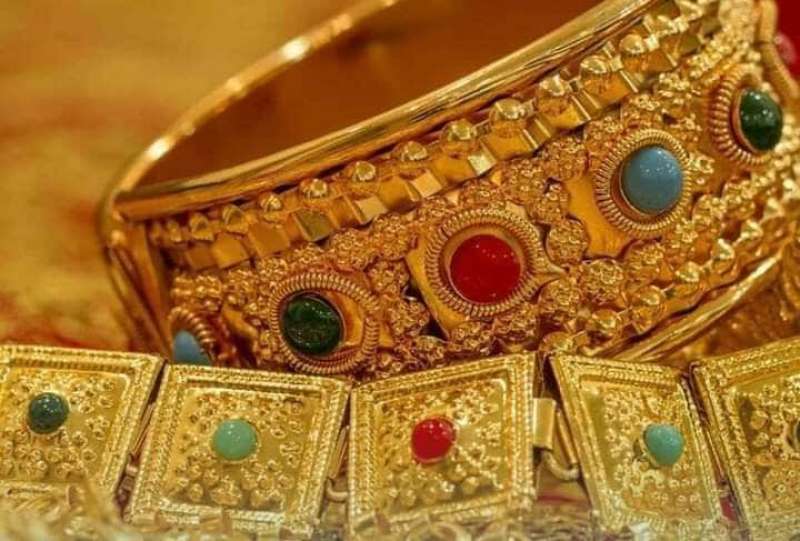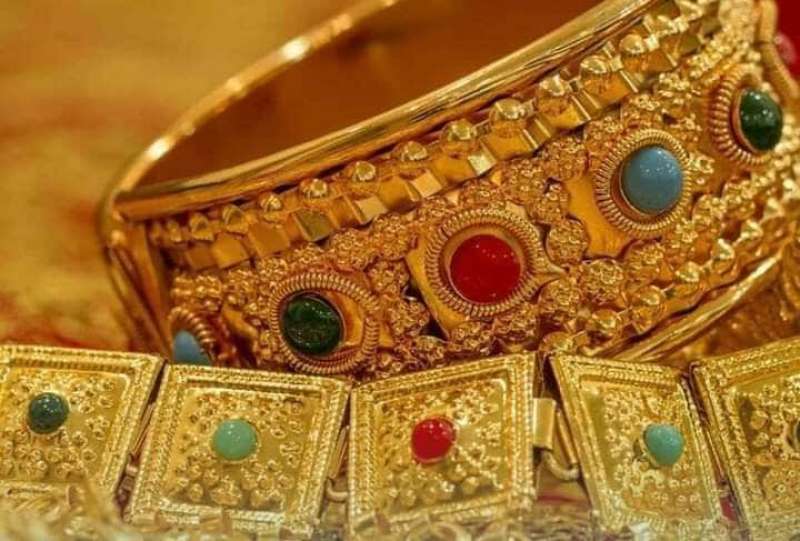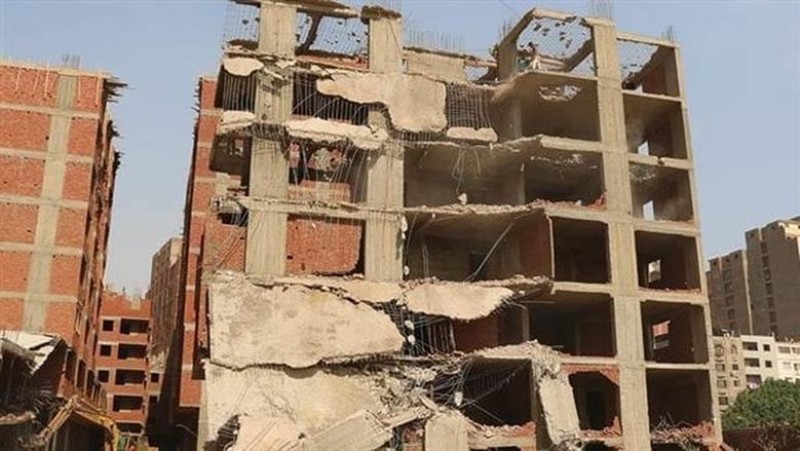Al Aqmar Mosque, the most beautiful mosques in Al Mahrousa

Today we talk about one of the most important mosques in Fatimid Cairo, the Al-Aqmar Mosque.
It is located on Al-Nahhasin Street, and it was built by the Minister Al-Ma'mun Ibn Al-Batayhi by order of the Fatimid Caliph, the Commander of Ahkam Allah Abi Ali Mansour in the year 519 AH (1125 AD) and whose name is written on its façade, and the mosque is distinguished as the first mosque in Cairo whose façade contains a special engineering design.
The famous historian al-Maqrizi narrates that the mosque was built in the place of one of the monasteries that was called the Well of the Greatness, because it contained the bones of some of the dead Copts, and the mosque was named that name due to the color of its white stones that resemble the color of the moon.
The mosque was renovated by Yalbugha al-Salmi, the minister of Sultan Barquq from the Circassian Mamelukes, and he built his minaret, which fell in an earthquake in the Mamluk style, and renovated the mihrab and placed two columns in it, and established a platform and placed on it inscriptions indicating that he was the work of that minbar and on the mihrab.
The Al-Aqmar Mosque was designed and designed the same shape as the Coptic Museum in the Religious Complex, and it was built in the Fatimid era, in which they used to give the names of Munira to their mosques such as Al-Anwar, Al-Azhar and Al-Aqmar, and it is the first mosque in Cairo whose façade contains a special engineering design.
The mosque courtyard takes the usual method in the Islamic architectural structure, in which the square or courtyard (approximately ten square meters) contains four iwans representing the four schools of thought, and the mosque also includes columns from the Roman era that were linked to wood to complete the building and join these columns.
The Fatimid characteristic of the building was distinguished by the design of arcade arches decorated with ornate Kufic inscriptions, as it was different from the Mamluk and Ottoman periods, just as the Fatimids distinguished their mosques by a circle like the sun, with a six-pointed star in the middle.
The entrance to the mosque has a granite threshold with an entryway two meters wide and 60 cm deep, covered with a polygonal cap. This cap is one of the oldest counterparts in Egypt, and often the oldest in Islamic architecture in general.
The most beautiful thing about this mosque is its façade, which is distinguished by its splendid decoration, and another façade in Cairo mosques, and in its entrance for the first time in mosque architecture there is the adored decade that was widespread in Mamluk architecture in the fifteenth century AD, and above this decade there is the Persian decade which is built in the form of a fan in the middle Circle at its center. "
The façade of the mosque appears with unique decorations and inscriptions, as the architectural façade is characterized by calligraphic and plant inscriptions carved in stone, as the decorative circles that look like the bright sun bear in their inner folds the name of Imam Ali bin Abi Talib























